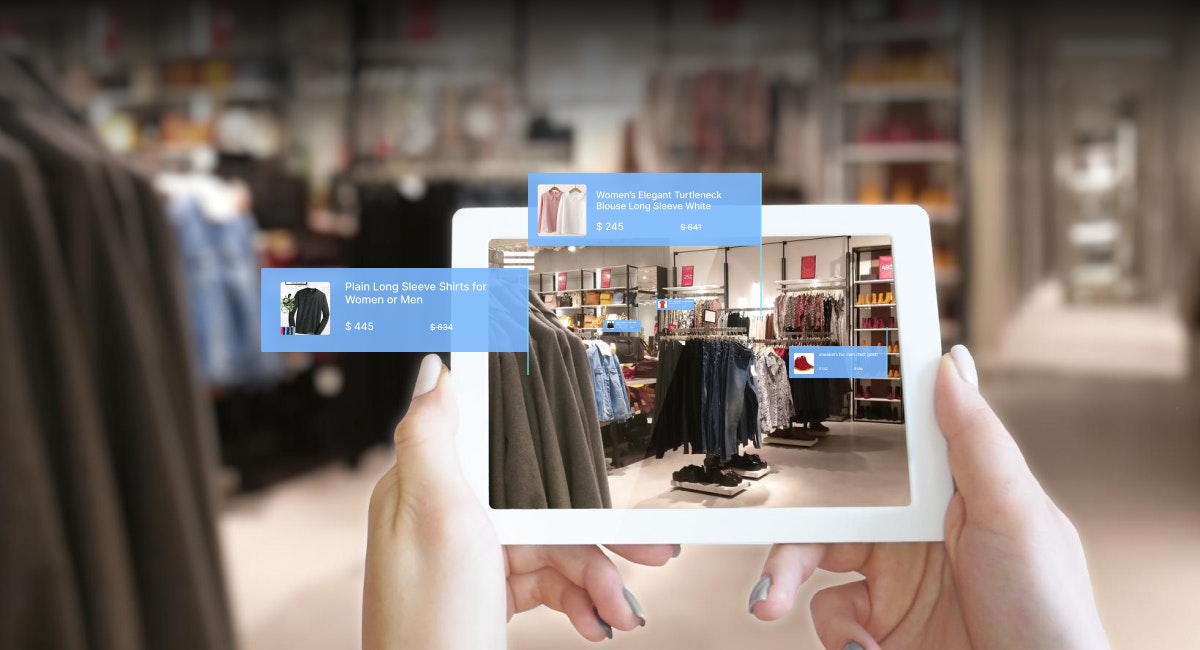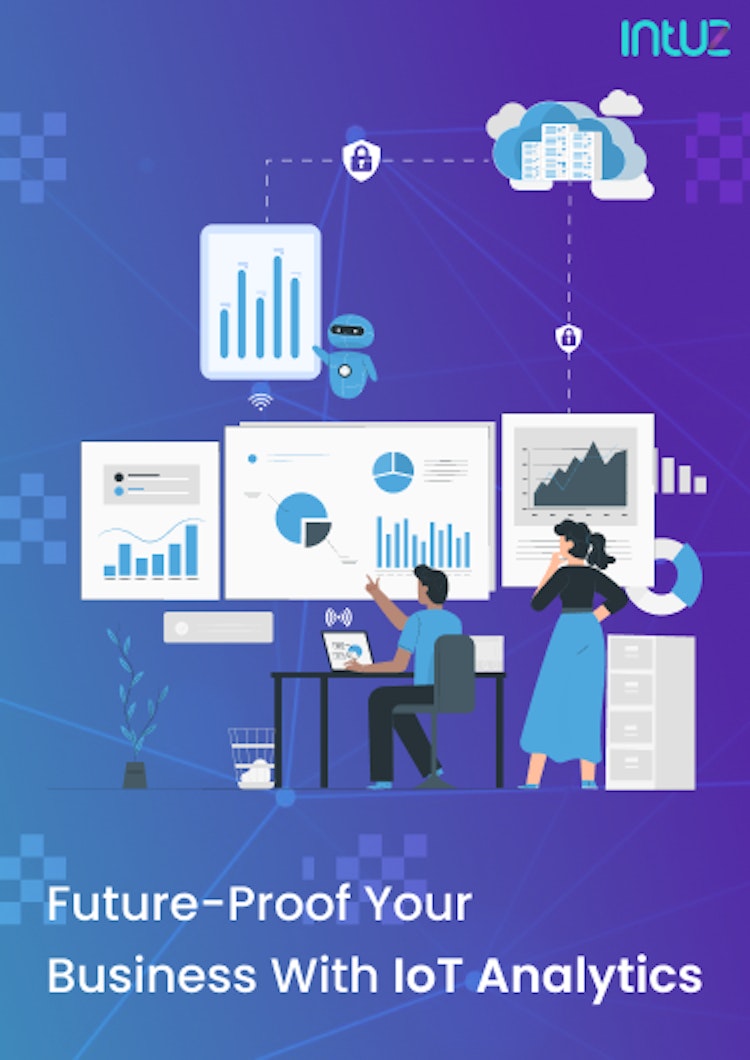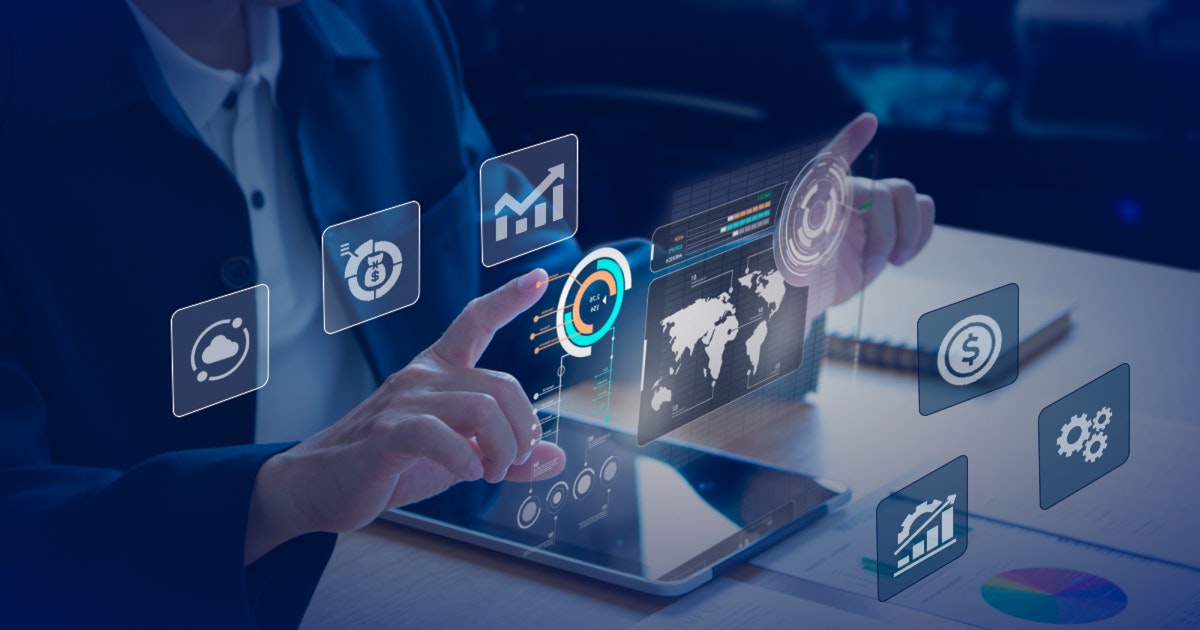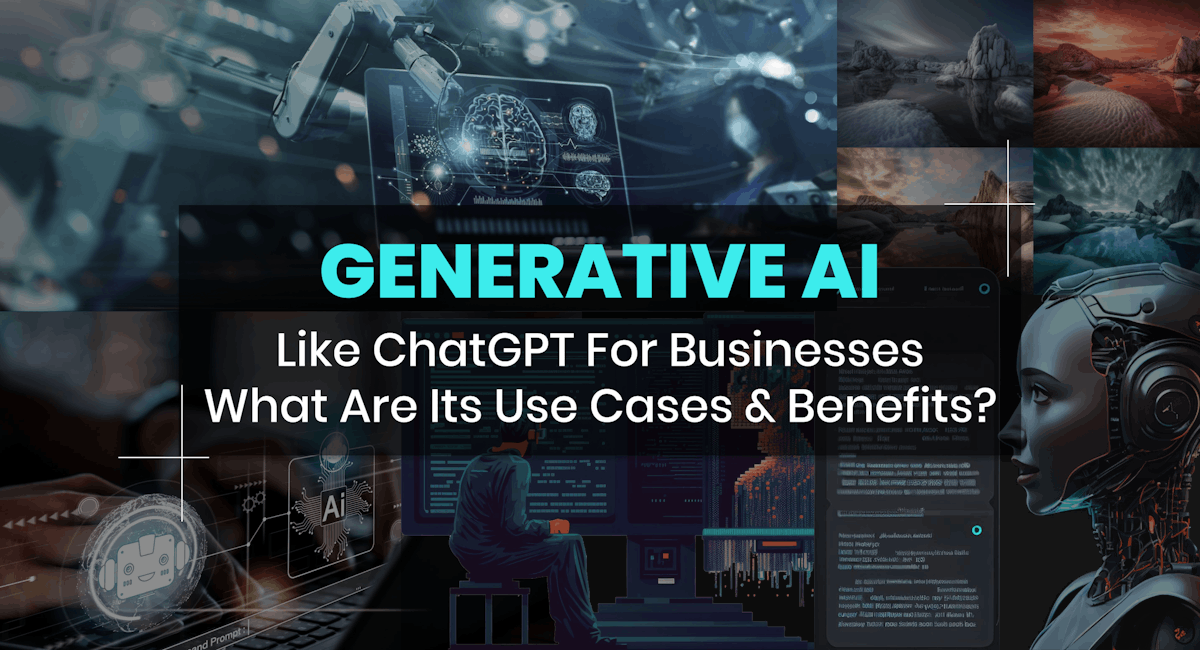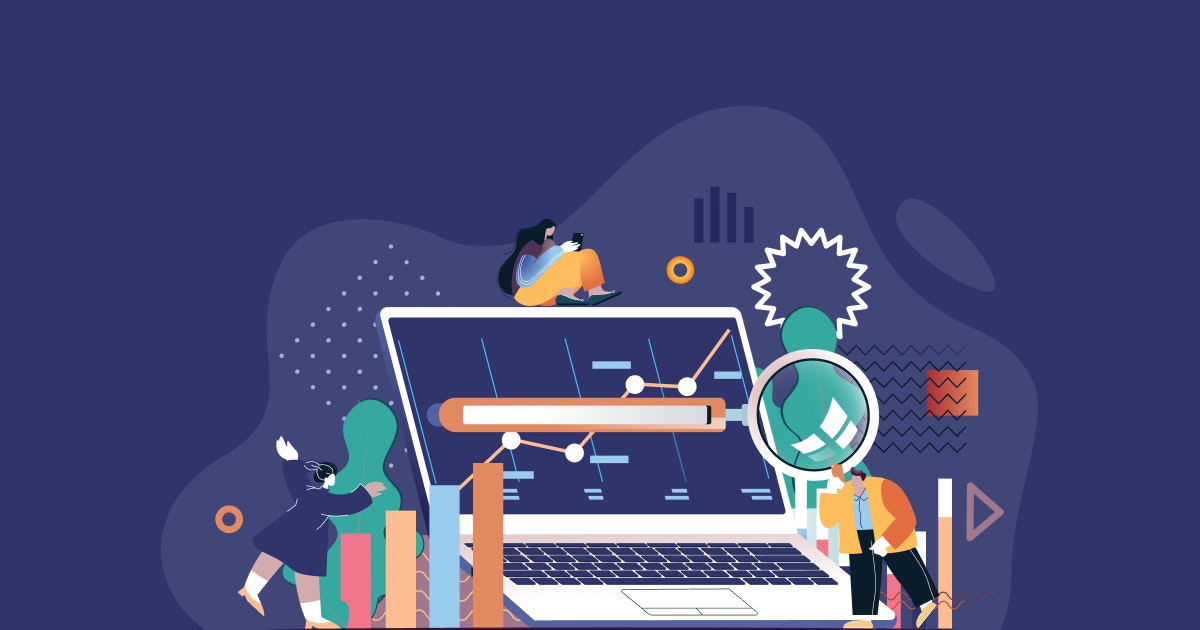Table of Content
Imagine a shopping experience where you could simply walk into a store, select the items you want, and leave without waiting in line or going through a human-driven check-out process. Sounds like a dream, right? After all, on average, we spend 118 hours per year waiting in store cashier lines!
What if you could integrate cutting-edge technologies like Machine Learning (ML), computer vision, and AI into the very fabric of your retail store, eliminating the need for queues? This is exactly what checkout-free shopping offers and it is here to revolutionize how we shop.
RBR research suggests that 20+ countries have frictionless checkout-free stores worldwide, with the number of such stores predicted to reach over 12,000 by 2027. In other news, trials of Verizon’s 5G Edge Cashierless Check-out have observed a 78% increase in transaction count and a 50% reduction in customer transaction lines.
But what do these checkout-free systems do exactly? In this blog, we explore their transformative potential and how IoT plays a role here:
What is check-out free shopping?
Checkout-free shopping, also known as cashier-less shopping or frictionless shopping, is a modern retail concept that utilizes the Internet of Things (IoT), machine learning, AI, and sensor fusion to enable customers to select and purchase items from a store without the need for traditional check-out processes.
The core technology behind checkout-free shopping comprises the following components to process transactions, generate invoices, and handle billing seamlessly:
1. Machine vision
Cameras and image recognition software track and identify products customers choose in the store, analyzing images to identify specific items.
2. QR codes
Square-shaped barcodes are displayed on product packaging or signage that customers scan using a mobile app. Scanning QR codes adds items to the virtual cart, allowing the system to track selections and calculate the total cost.
3. Smart carts
Equipped with advanced technology, smart carts track items placed inside using sensors or RFID tags. The cart updates the virtual cart in real time, and at the end of the trip, the system calculates the total cost and bills the customer accordingly.
Do You Want to Streamline Your Checkout Process with Custom IoT Solutions?
Let's Get StartedHow does checkout-free shopping work?
Retailers are embracing the technology to optimize transaction efficiency and elevate the overall user experience. Here is a step-by-step explanation of how checkout-free shopping typically works.
1. Account setup
Customers need to create an account with the checkout-free shopping service or app. This account is linked to their payment information and serves as their digital identity during the shopping experience.
2. Store setup
The retail store implementing checkout-free shopping must install IoT sensors and cameras throughout the premises. These sensors are typically placed on shelves, ceilings, or other strategic locations to track customer movements and item interactions.
3. Item recognition
Computer vision technology identifies and tracks the items customers select. As each item in the store is equipped with tags or labels, often using RFID or similar technologies, cameras, and sensors in the store capture and analyze these tags to determine which items customers pick up, put back, or add to their smart shopping cart.
4. Sensor fusion and tracking
The data from multiple sensors and cameras are combined to create a detailed picture of the customer’s actions and location within the store. Sensor fusion algorithms help merge information from different sources, enabling accurate tracking of items and customers.
5. Virtual cart creation
As customers add items to their physical carts or baskets, the system creates a virtual cart associated with their account, which is continuously updated based on the data from the sensors, reflecting the changes in the items being carried or put back.
6. Automatic payment
When customers have finished shopping, they can simply exit the store. The system automatically calculates the total cost of the items in their virtual cart based on the captured data. The payment is processed through the customer’s linked payment method, such as a credit card or mobile wallet, without manual intervention.
7. Digital receipt
After the payment, customers receive a digital receipt on their app or via email with a summary of their purchases.
The pivotal role of IoT-based checkout-free shopping
IoT provides the necessary infrastructure and connectivity for a seamless and automated shopping experience. Here are the top benefits of checkout-free shopping powered by technology:
1. Stronger security
IoT-enabled checkout-free shopping systems incorporate various security measures to prevent theft and fraud. For instance, computer vision technology tracks customers and their selected items throughout the store, ensuring that all items are accounted for during payment.
Additionally, sensors and cameras can detect suspicious behavior, triggering alerts or notifications to store personnel or security personnel.
2. Tracking inventory
IoT devices like RFID tags or smart shelf sensors enable real-time inventory tracking. They can monitor stock levels, automatically update inventory records, and alert store managers when items need restocking. This eliminates manual inventory counting, as the system automatically credits the supplier for the added products and reduces out-of-stock situations.
3. Real-time data analysis
IoT solutions and sensors integrated into checkout-free shopping systems continuously collect and analyze data on customer behavior, product popularity, and inventory levels. The technology offers comprehensive analytics, capturing valuable data such as the time customers spend viewing products, selecting items, and returning them to the shelves.
4. Enhanced customer loyalty
Checkout-free shopping eliminates the need for waiting in line, scanning items, and processing payments. Customers can simply pick up the items they want and leave the store, resulting in a faster and more convenient shopping experience. This frictionless process leads to increased customer satisfaction and loyalty.
5. Capturing customer behavior
Similarly, cameras and sensors gather data on customer behavior, such as movement patterns, dwell times, and product interactions. This data provides valuable insights into customer preferences and shopping habits, enabling retailers to make informed decisions about product assortment and marketing strategies.
6. Making personalized recommendations
IoT technology and AI algorithms enable retailers to deliver personalized recommendations based on customer preferences and shopping history. By analyzing data from IoT devices, they can offer tailored product suggestions, promotions, and discounts and enhance customer satisfaction.
7. Optimized store layouts and product placements
Retailers can analyze customer traffic patterns and product popularity heatmaps with IoT-powered analytics. This information helps optimize store layouts and determine the most effective placement of products to enhance customer engagement and drive sales.
They can create open and dynamic store designs by removing the need for traditional check-out counters and focusing on product displays, experiential areas, and customer engagement zones.
How Ecommerce Is Making Retail Stores Customer-Focused And Future-Ready
Learn MoreUse cases of checkout-free shopping
The “modern way of shopping” has the potential to be implemented in a diverse range of industries to improve customer experience, increase efficiency, and streamline the payment process. Here is food for thought:
1. Pharmacies
Checkout-free shopping reduces pharmacy waiting times, enabling customers to quickly and easily purchase over-the-counter medications and other health products.
Those who prefer a more discreet shopping experience when purchasing personal health items can have so with this technology. Pharmacy apps integrated with cashierless checkout systems can send reminders to customers, ensuring timely refills and medication adherence.
2. Supermarkets
Self-checkout systems at supermarkets can enable staff to focus on other tasks like restocking shelves and assisting customers as they no longer have to serve at the cashier stations. Real-time product movement monitoring can optimize stock levels and streamline inventory management processes.
3. Shopping malls
The technology allows visitors to move freely between stores without the hassle of traditional check-outs. It can provide insights into customer behavior, preferences, and buying patterns, enabling malls to personalize offers and enhance marketing strategies.
4. Stadiums and arenas
Checkout-free shopping boosts convenience for food and merchandise purchases at sports events and concerts. Fans can grab items without missing any on-field action.
Integrated with loyalty programs, checkout-free apps can offer rewards and exclusive offers to fans during events. Real-time data on sales and product popularity can aid stadiums and arenas in optimizing inventory levels.
5. Hotels and restaurants
Checkout-free technology optimizes payment processes in hotels and restaurants, improving guest convenience. Hotels can implement checkout-free minibars and in-room shopping, eliminating the need for guests to visit physical stores. Restaurants can enable self-ordering and payments, reducing wait times and enhancing the dining experience.
6. Gas stations and petrol pumps
Customers can refuel their vehicles without entering the station or interacting with a cashier, saving time and effort. Checkout-free systems can be integrated with fueling apps, allowing direct payments.
7. Airports and train stations
Implementing checkout-free systems in duty-free shops and convenience stores at airports and train stations can provide a seamless shopping experience for travelers during layovers or transit. They can quickly purchase snacks, drinks, or travel essentials without waiting in line.
8. Museums and tourist attractions
Checkout-free technology enhances visitor experiences in museums and attractions by integrating with audio guide systems and providing customized content based on preferences. Gift shops and souvenir stores can implement checkout-free shopping, allowing visitors to browse and purchase items without traditional check-outs
Resetting Online Shopping Post-Pandemic: IoT In Ecommerce
Learn MoreA showcase of checkout-free shopping: Real-world examples of industry giants
1. Amazon Go
Amazon’s chain of convenience stores utilizes computer vision, sensors, and deep learning algorithms. Upon exiting, customers scan a QR code, cameras and sensors track their interactions with items, and they are automatically charged through their Amazon account.
2. Zippin
A checkout-free system employing computer vision, smart shelf sensors, and machine learning technology. Customers enter the store using a QR code or mobile app, select items, and leave without a traditional check-out process. Payments are automatically charged, and real-time data and analytics are provided for retailers.
3. JD.com
Integrates checkout-free technology into various retail operations. Through “JD.ID X-Mart” stores, customers enter using a QR code or facial recognition, select items, and are automatically charged to their accounts without a check-out process. Advanced computer vision tracks customers and items, enhancing convenience and efficiency.
How OEMs benefit from checkout-free shopping with IoT
IoT development services enable accurate assessment of consumer data, allowing for personalized shopping experiences. OEMs, too, can contribute to providing such an excellent service by embracing IoT.
1. Optimized supply chain management
By utilizing RFID and GPS technologies, businesses can efficiently track and monitor objects throughout the supply chain, including warehouses, transit, and store shelves. Connected sensors provide real-time data, enabling the identification of potential bottlenecks, contingency planning, route optimization, and faster product delivery.
This streamlines shipping and handling times for manufacturers, suppliers, and distribution centers, ensuring prompt delivery to vendors and consumers.
2. Layout optimization
IoT and data analytics software and infrared sensors improve in-store layout optimization. This technology gives insights into customer behavior, enabling the understanding of buyer journeys and the identification of reasons for abandoned carts and confused or impatient shoppers.
With the help of IoT retail analytics and ML-driven demand forecasting, staff can anticipate demand, manage supply and customer retention ratios, and proactively adjust the shopping environment.
3. Inventory management
RFID chips, beacons, and sensors synchronize assets and inventory data seamlessly with centralized data centers.
Smart price tags and digital displays, integrated with image analytics capabilities, enhance control over stock levels and expiration dates in the warehouse and on store shelves. This efficient inventory management helps minimize stockouts and optimize the ordering process.
Ensuring security in the age of IoT-enabled checkout-free shopping
Frictionless shopping with IoT technology introduces security and privacy concerns that retail stores must address. Here are some best practices that can be followed to ensure data privacy:
1. Use anonymized data
Protect customer privacy by encrypting or removing personally identifiable information (PII) from data used for analytics and marketing.
2. Deploy robust access controls
Implement multi-factor authentication (MFA), strong passwords, and role-based access controls (RBAC) to prevent unauthorized access to IoT infrastructure.
3. Use secure data transmission protocols
Employ Transport Layer Security (TLS) to encrypt data during transit, preventing unauthorized access and tampering.
4. Regularly update software and security systems
Apply firmware updates and security patches for IoT devices and keep backend systems up to date with the latest security measures.
5. Conduct security audits regularly
Perform comprehensive assessments, vulnerability scanning, penetration testing, code reviews, and compliance checks to proactively identify and address security weaknesses.
The future of checkout-free shopping: Trends and predictions
Research shows that the US self-checkout system market is projected to reach USD 2.97 billion by 2028. But how do you think the checkout-free technology will pan out? Let us find out:
1. Expansion of checkout-free formats
We can expect to see the expansion of checkout-free shopping beyond convenience stores and small-format retailers. Supermarkets, gas stations, airports, and even hotels hope to adopt this technology on a grander scale to offer their customers a seamless and convenient shopping experience.
2. Integration with mobile apps
Mobile apps will likely play a significant role in checkout-free shopping experiences. Customers can use their smartphones to enter the store, scan items, and complete the payment process. Integration with loyalty programs and personalized recommendations will enhance the overall shopping experience.
3. Ambient computing will continue to rise
Ambient computing, integrating computing power into our surroundings, is rising in the retail industry. Retailers can use ambient computing and AI to personalize recommendations, automate supply replenishment, and track inventory in real time.
It also enables immersive experiences, such as virtual try-on options through smart mirrors in fitting rooms. Voice-activated assistants and chatbots provide natural and conversational interactions for customers, helping them find products and get answers to their questions
A Strategic Guide On How To Build An Ecommerce Website Like Amazon, eBay, And Etsy
Learn MoreRecommendations for businesses looking to implement checkout-free shopping with IoT
1. Comprehensive feasibility study
A thorough analysis of the business process, customer base, type of products, and ROI will provide a clear picture of the feasibility and potential benefits of the checkout-free shopping system.
2. Invest in necessary hardware and software
The technology used in checkout-free shopping systems includes IoT sensors, RFID tags, computer vision cameras, and machine learning algorithms to track and record items picked up by customers. Businesses must invest in reliable hardware and software to ensure the system runs smoothly.
3. Deploy robust data management and security protocols
Checkout-free technology requires the collection and processing of large amounts of data. Therefore, implementing strong data management practices and security measures is crucial. Ensure compliance with data privacy laws like the GDPR and CCPA.
4. Integrate with existing systems
The checkout-free system needs to be integrated with your inventory management system, CRM, and other business systems. This will enable real-time inventory updates, personalized marketing, and an overall seamless operation.
5. Test thoroughly before rollout
Before rolling out the new system, conduct thorough testing in a controlled environment to ensure its accuracy and reliability. Also, start with a pilot in a limited area before rolling out to all stores.
6. Train staff and educate customers
While the technology may be ready to go, employees and customers need to understand how it works. Training staff on the new system and educating customers about how to use it will help avoid confusion and enhance adoption.
Let's Transform Your Store with Checkout-Free IoT Solutions!
Contact UsOver to you
Remember, checkout-free shopping is a significant shift from traditional retail and may not be suited to every business or every customer. But for those who implement it effectively, it can provide a competitive edge and a significant boost in customer satisfaction.
Further, developing this kind of technology in-house is not feasible. It is often more efficient and cost-effective to partner with an IoT app development company with expertise in checkout-free shopping systems.
Book a Free 45-minute Consultation with Our IoT Experts Today! Get a customized roadmap and strategies to leverage IoT for checkout-free retail.
